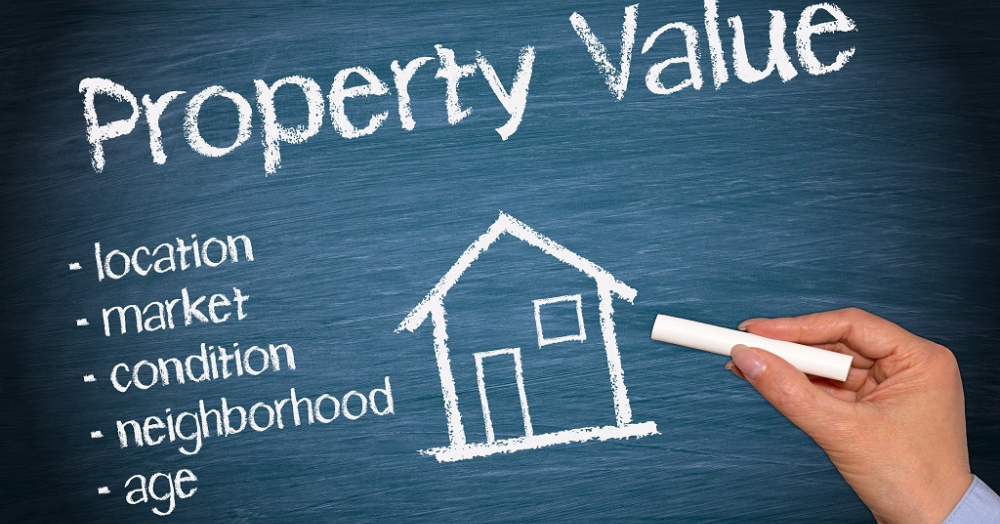July 2024 was the month Labour swept into power after 14 years away. With so much going on, you’d be forgiven for thinking there was no property market news, but as usual, there’s always something happening. At Trading Places, we stay up to date with the market, so you have all the important information at your fingertips.
Did Labour win encourage homeowners to list their house for sale?
According to Home Sale Pack’s latest research, the number of sellers putting their homes on the market has increased. In the week leading up to the July 4th election, 45,724 sellers listed their homes. Interestingly, this number rose to 48,486 in the week following the election, marking a 6% increase. This surge reflects a renewed sense of optimism among sellers, who seem encouraged by Labour’s landslide victory.
Regionally, the most significant post-election boost was observed in Yorkshire & Humber, where new listings jumped by 10.2% – from 2,733 to 3,011 sellers. The South East saw an increase of 10%, while London wasn’t far behind with a 9.9% rise. Other regions like the South West, West Midlands, and Scotland also saw notable increases of 8.3%, 7.3%, and 4.2% respectively. Even in Wales, which had the smallest increase of 0.2%, there were 2,315 new homes entering the market in just one week.
This trend is encouraging for the housing market across all regions of Britain. The combined value of homes listed post-election stands at nearly £13.8 billion, indicating a buoyant market sentiment.
Ruth Beeton, Co-Founder of Home Sale Pack, said: “Labour’s decisive victory seems to have delivered a newfound confidence and optimism in the nation’s housing market and many previously hesitant sellers have quickly pounced on what feels like a potential rebirth of Britain’s economy and fortunes under new leadership.”
Gap Between Asking And Selling Price Widens
Following the recent general election, there’s some insightful data from Yopa regarding the UK property market. In July 2024, the average asking price for a home in Britain was £365,999, while the average sold price was significantly lower at £303,396. This reflects a -17.1% difference, equivalent to £62,602 below the asking price. Compared to July 2023, the gap has widened by 1.1%, which is likely due to the impact of higher mortgage rates on buyers' ability to meet sellers' price expectations.
Interestingly, London has the smallest gap, with homes selling for -7.4% below the asking price. It is possibly also interesting to note that no region is currently achieving asking prices.
Yopa’s National Franchise Director, Steve Anderson, said: “Whilst market stability has improved since the decision to freeze the base rate in September of last year, it’s clear that sellers remain largely over-confident when it comes to their asking price expectations versus the price they are actually able to sell their property for. In hot market conditions, it’s not unusual for sold prices to exceed initial asking prices, but in the current market, there simply isn’t the required level of buyer demand to drive such price hikes.”
London is a pretty big place, and from a more localised point of view, we are seeing a lower percentage gap between asking price and sold price, providing the asking price is set correctly to start with.
Will we see a change to policy on Green Belt land for property?
Following the recent general election, there’s been an important development regarding national planning policy. The Labour government is set to review national planning policy guidance to provide clearer instructions for local planning authorities (LPAs) on developing tailored local policies for investment and growth in developed sites within the Green Belt. This comes after Chancellor Rachel Reeves’ announcement about potential Green Belt development, highlighting the economic and social benefits of planning reform.
Recent research by the consultancy Lichfields points out the challenges posed by the current Green Belt policy, which could hinder investment and delay the improvement of facilities for existing businesses. The report titled ‘Major Developed Sites in the Green Belt – The Land That Policy Forgot?’ shows that around 12.6% of England’s land area within the Green Belt is already developed for various uses such as leisure, tourism, education, medical institutions, and business parks. The pre-2012 national policy used to provide clearer guidance for LPAs on assessing development proposals at these sites, but this detailed guidance was removed by the 2012 National Planning Policy Framework (NPPF).
The removal of specific guidance has led to more subjective and generalised policies, which could limit the ability of these sites to evolve and contribute to local economies.
Ian York, a Planning Director at Lichfields and co-author of the report, said: “Our research shows that the majority of LPAs are adopting generalised policies that repeat national guidance. We must move away from a one-size-fits-all approach and adopt local, bespoke policies that recognise the unique characteristics of these sites. The report urges LPAs to engage with landowners and operators to create detailed policies that clearly define development parameters, ensuring these sites can thrive without compromising Green Belt integrity.”
If you would like to learn more about Leytonstone, what the area has to offer, and how to achieve your goals in the local property market, we can help. To arrange an appointment, call us on 020 8558 1147 or send us an email at
info@tradingplacesproperty.com
You will find Trading Places Estate and Letting Agents at 46 Church Lane, Leytonstone, London, E11 1HE; and we look forward to assisting you.
Click here for an online Valuation (a starting point) Click here for a Desktop Valuation (a more detailed option) Click here to book a Home Visit Valuation (the full works)

